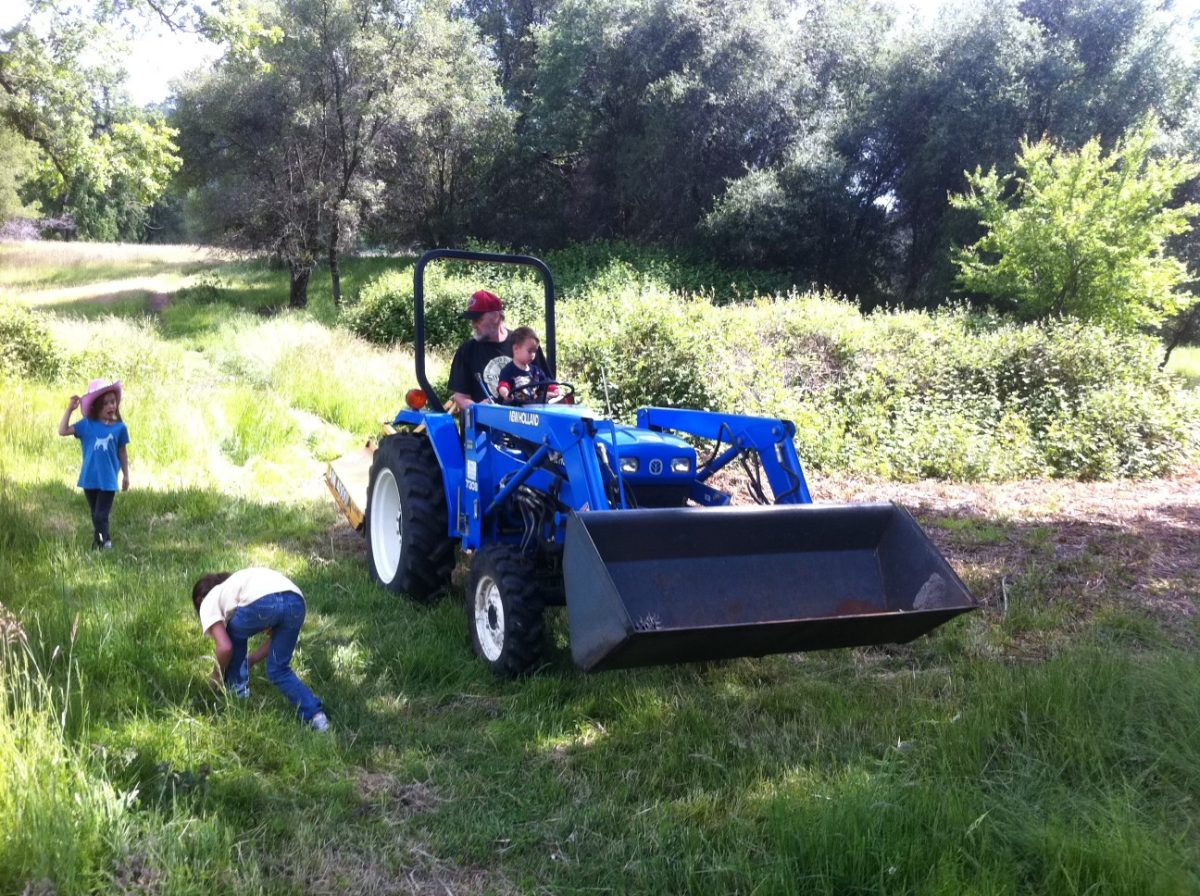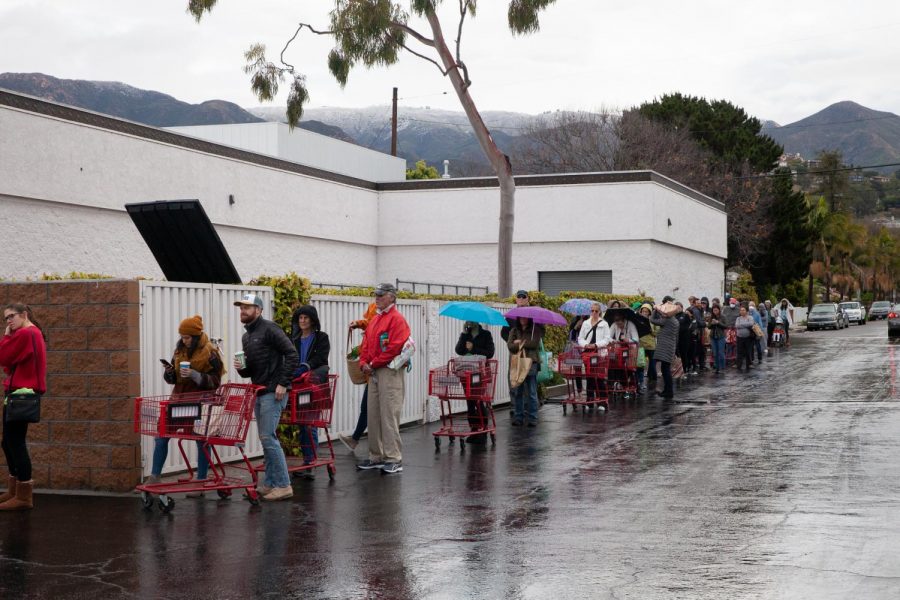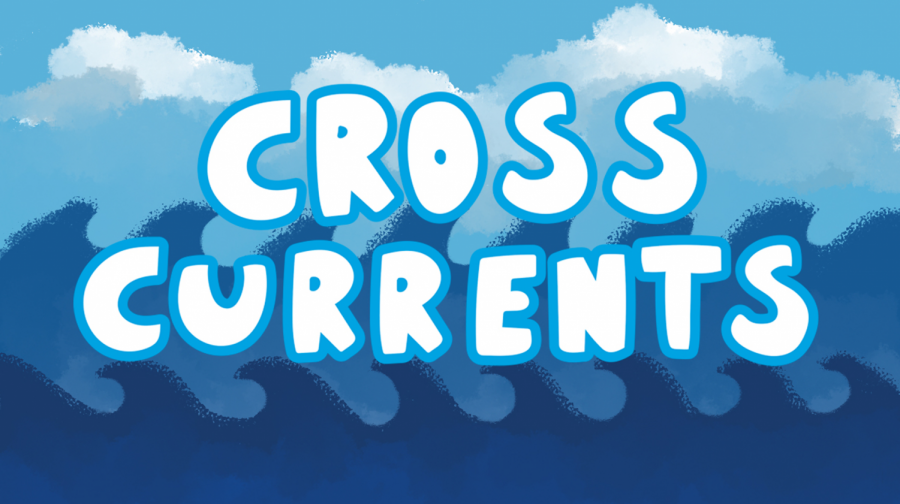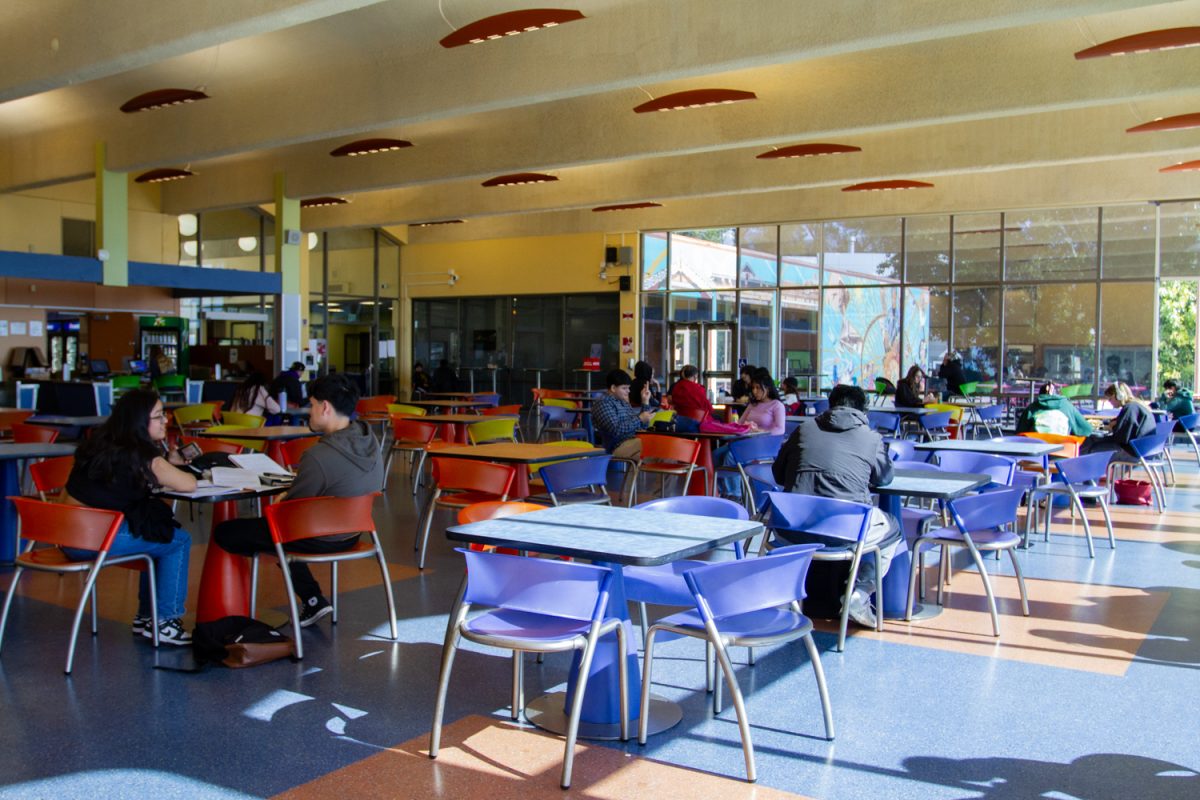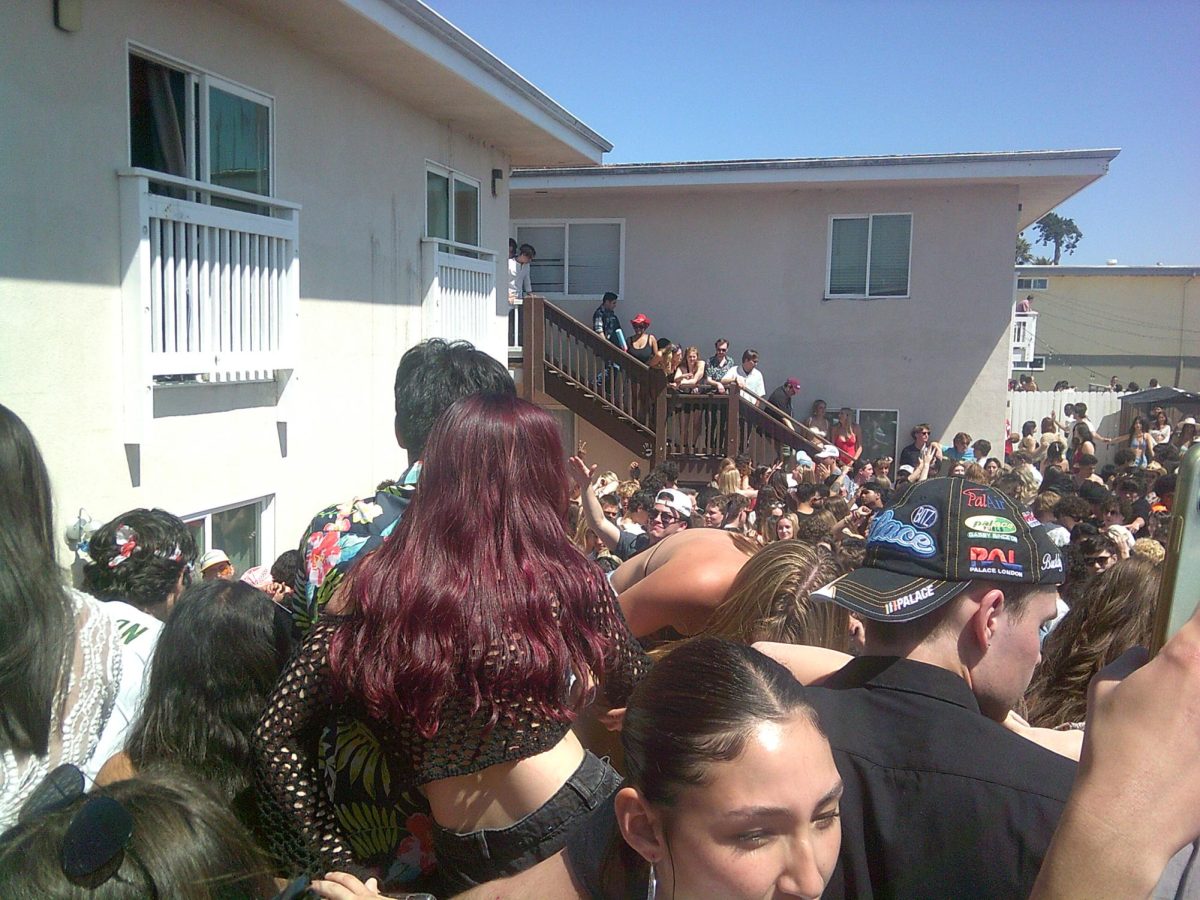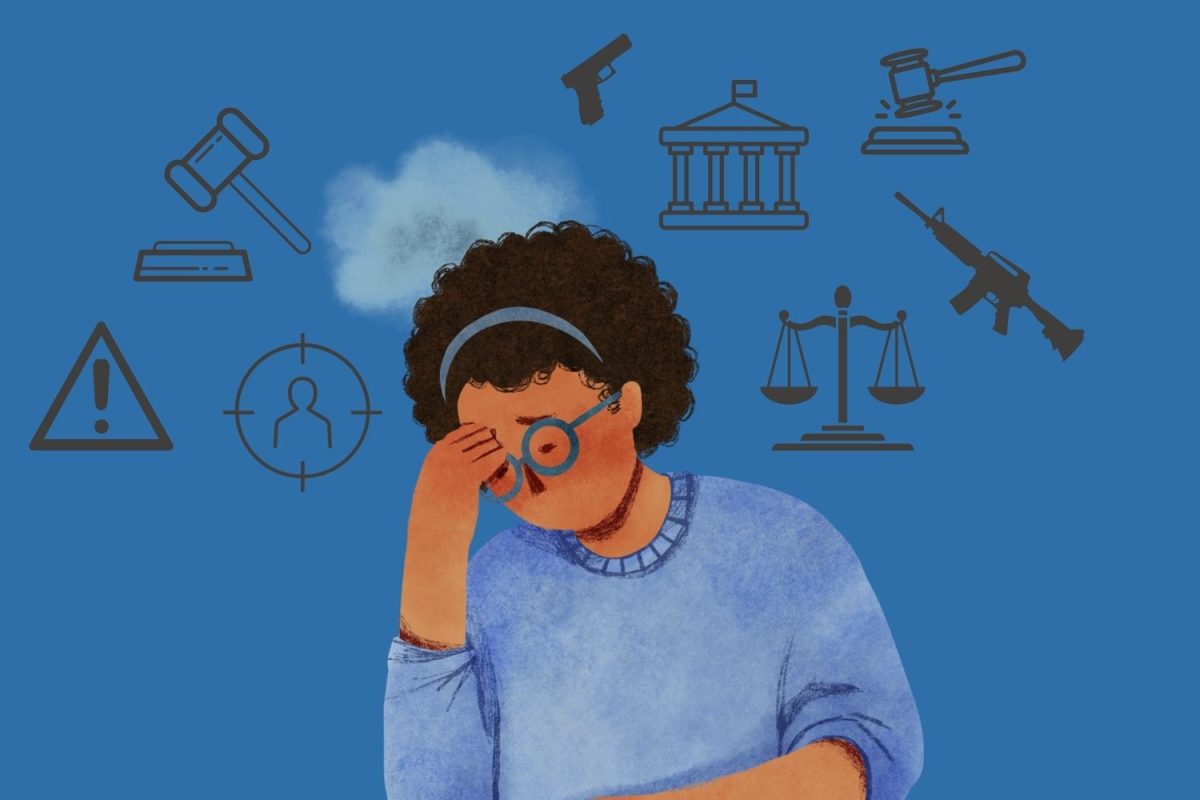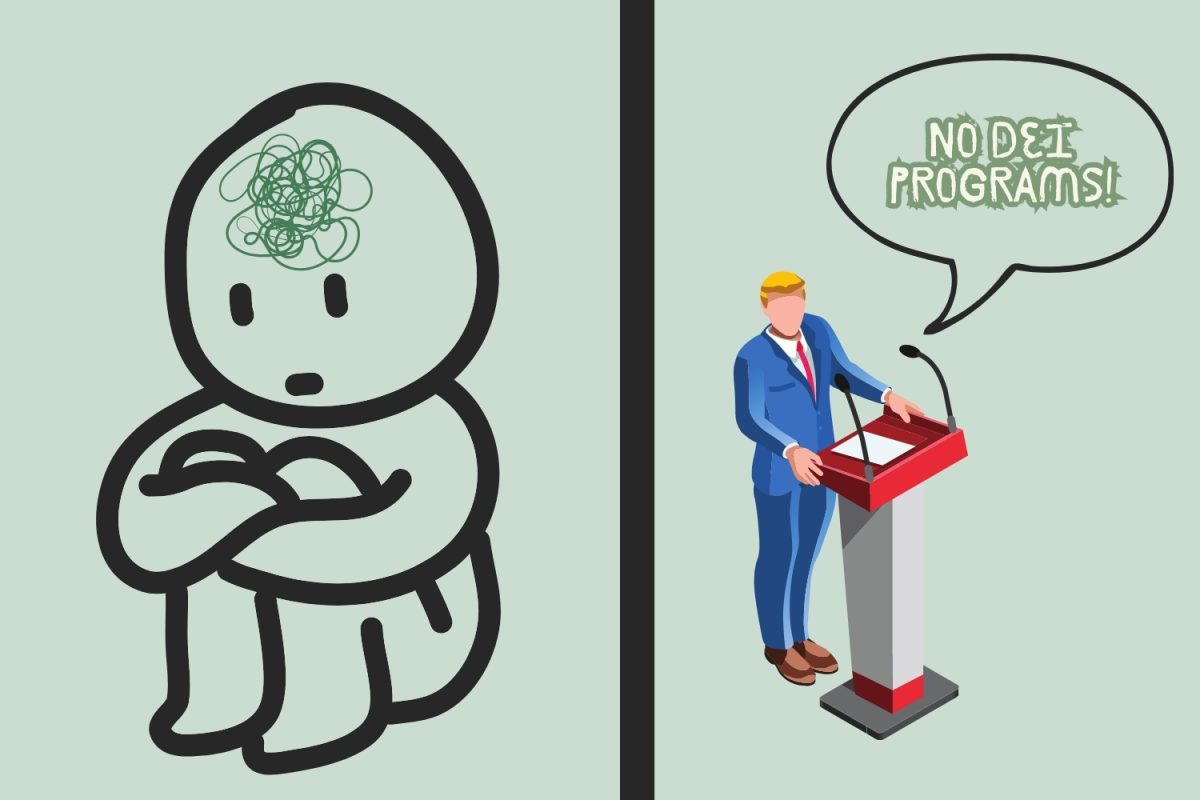
Most trees in the lush Amazon rainforest have been standing there for hundreds of years, just to end up being torn down due to deforestation.
The 2.2 million square mile rainforest, over four times the size of Alaska, spreads over nine countries in South America with over 60 percent of the forest located in Brazil. The rainforest is counted to be at least 55 million years old, and it represents over half of the remaining rainforests in the world.
The massive Amazon rainforest is incredibly important even if we’re so far from it, we should still care despite the distance.
While all the information I know about the Amazon is from the internet, magazines or documentaries, what I’ve learned has spiked my interest in the impact the rainforest has on our lives and ecosystems all around the world and our climate.
It also made me wonder why on Earth so many people are destroying its surface at such an alarming rate.
In fact, almost two acres of the Amazon are cleared every single second due to deforestation, and animal agriculture is now one of the biggest threats to our ongoing climate crisis.
The Amazon forest loses an estimated 18.7 million acres annually, and in the past 40 years a total of 18% of the whole forest, an area almost as large as California, has been either torn or burned down to make space for agriculture or illegal logging.
Why are we letting this happen year after year, with numbers increasing and conditions worse than ever before, and why does the rainforest matter so much?
The rainforest is not just the home of millions of people, hundreds of different tribes, and one in ten animal and plant species.
The rainforest is also one of the most important ecosystems we have on this planet.
Without the biodiversity the rainforest offers, our climate would be thrown off, causing millions of tons of carbon dioxide (CO2) to pollute the atmosphere. This would happen because of the rainforest’s ability to “breathe in” over 2.2 billion tons of CO2 per year. Researchers confirm that this process has a significant role in reducing global warming, because it is lowering the level of greenhouse gases on the planet.
Products from the rainforest can also be found pretty much everywhere, from soy, to furniture, to beef and palm oil. It’s difficult to not be a consumer of these products since they appear so often in our daily life. The soy milk in my coffee is most likely a product of deforestation in the Amazon, just like most beef burgers and fast food in general.
These companies make a profit while the planet is paying the real price. Beef is responsible for a remarkable 41 percent of livestock greenhouse gas emissions, so reducing one’s meat intake can make a huge difference.
The ecosystems on our planet are all codependent, from the oceans to the deserts and forests. The balance between these is crucial for life as we know it.
Everyone, rich and poor, needs a functioning planet to live on, and it should be our priority to do our best to protect it.


